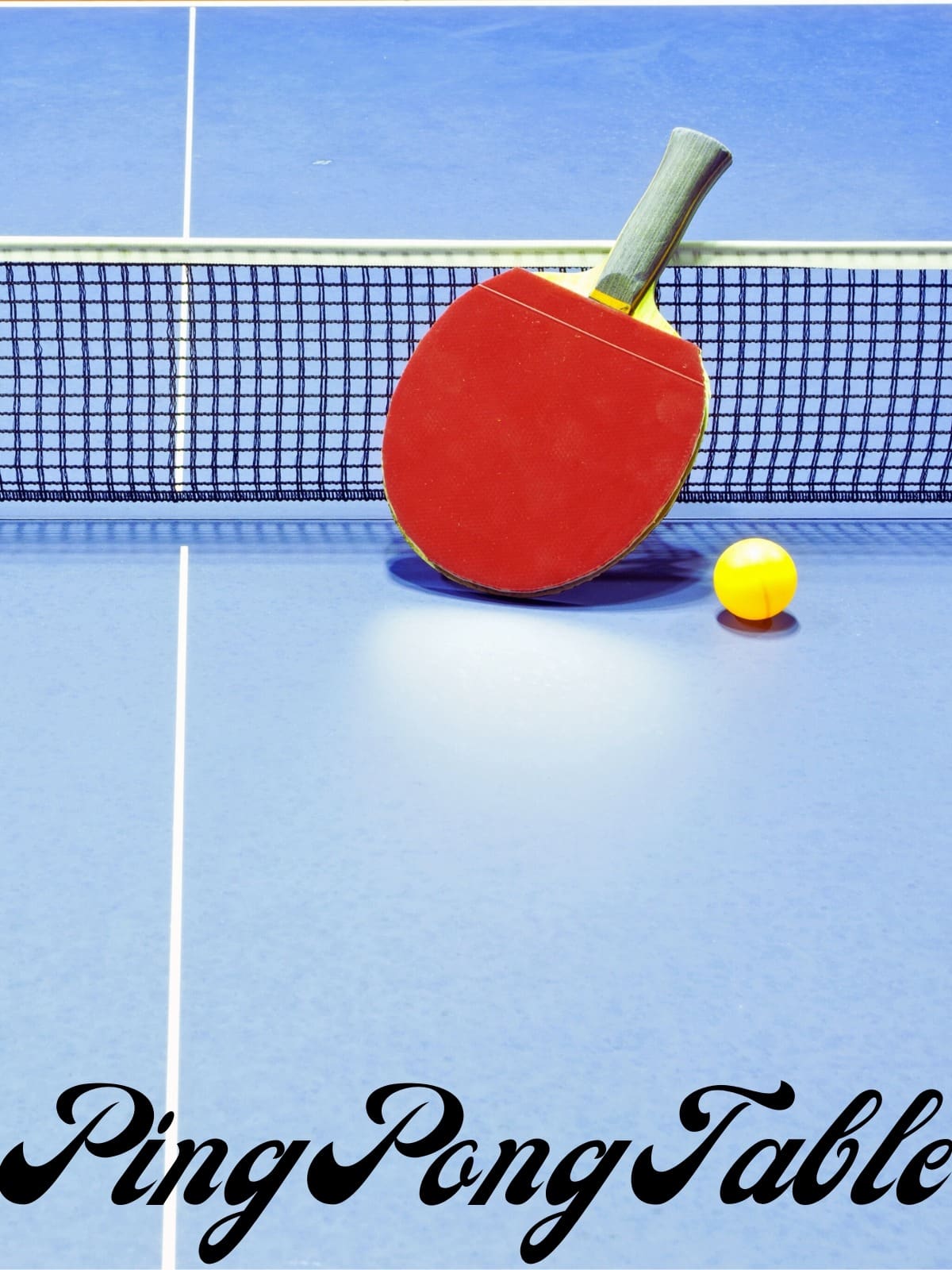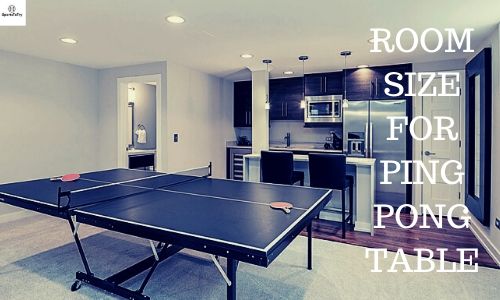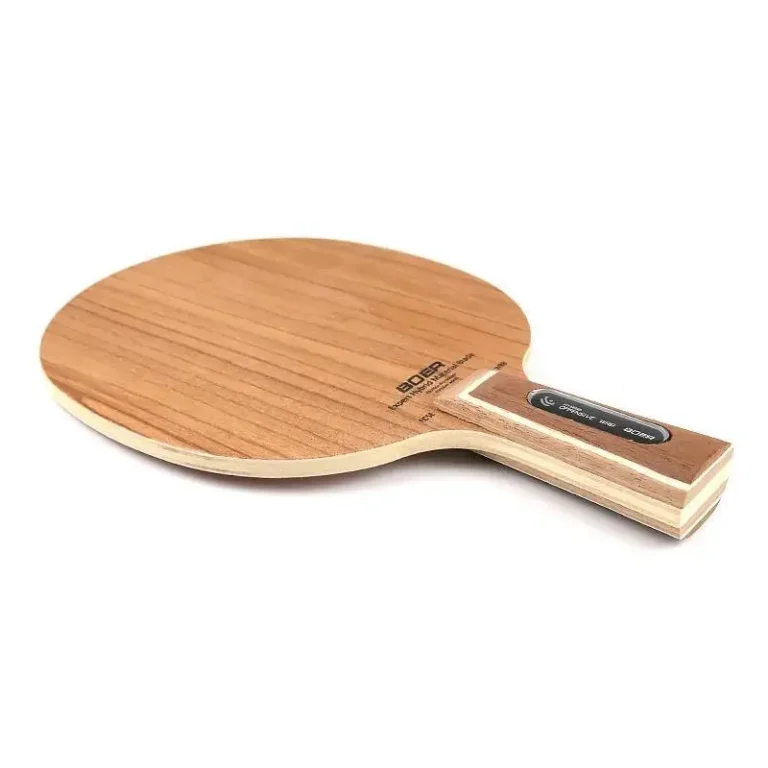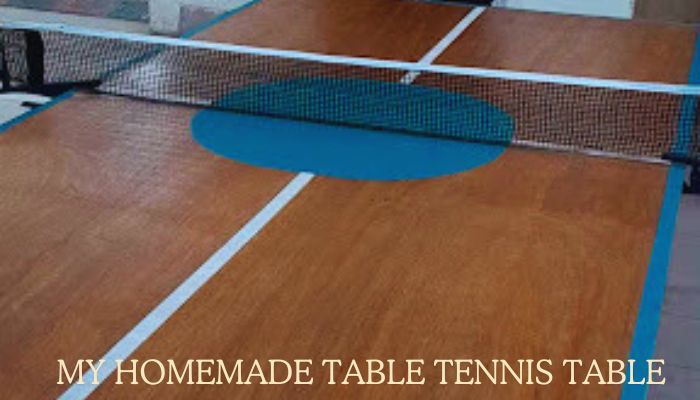Where to Find the Perfect Plywood for Your Dream Table: A Woodworker’s Guide
( If you purchase through our sponsored links, we may receive a small commission at no extra cost to you )
You can find many lumberyards stock a variety of plywood options. Discuss your project with them to get expert advice and recommendations based on local availability.
You can also find some online Retailers like Home Depot, Lowe’s, and specialty woodworking suppliers offer a wider selection and may have plywood unavailable locally.
Companies specializing in plywood often carry unique sizes, thicknesses, and species not readily found elsewhere. Research online for options in your area.

Also Read: What Type of Ply Board is Ideal for Crafting a Table Tennis Table: Expert Recommendations
The Hunting Grounds: Where to Find Your Plywood Paradise
Now, armed with your newfound plywood knowledge, it’s time to embark on the treasure hunt! But where do you find these plywood gems? Don’t worry, brave adventurer, we have a map:
The Big-Box Bonanza:
Big-box stores like Home Depot or Lowe’s offer a convenient and readily available selection of Plywood. Think of them as the bustling marketplaces at the beginning of your plywood quest.
The Lumberyard Lodge:
Local lumberyards and hardwood suppliers are your plywood sages, offering expert advice and a more comprehensive range of higher-quality options. Think of them as the hidden villages where you can find rare and exotic plywood treasures.
The Online Oasis:
The vast expanse of the internet brings endless plywood possibilities to your fingertips. Online retailers offer competitive prices and unique options but beware of potential shipping woes. Think of it as the treacherous but potentially rewarding jungle in your plywood journey.
The Specialty Sanctuary:
For the truly discerning adventurer, specialty plywood distributors exist as hidden oases in the plywood landscape.
Understanding the Plywood Alphabet: Grades and Types to Buy From
Regarding Plywood, grades are like your first language – understanding them unlocks a new world of possibilities. We have A, B, and C grades, each with a story to tell.
A-grade Plywood
The epitome of plywood perfection. Smooth, blemish-free surfaces on both sides are ideal for exposed applications like tabletops. Think of it as the flawless hero of the plywood saga.
B-grade Plywood
A slight step down from A-grade, but still a sturdy and reliable option. You might find a few knots or minor imperfections, but these often add character and can be filled for a beautiful finish. Think of it as the relatable, down-to-earth sidekick in the plywood world.
C-grade Plywood
The workhorse behind the scenes. Solid and functional, but not for aesthetics. Think of it as the plywood story’s gruff but dependable supporting character, best suited for hidden structural applications.
Beyond grades, you have a whole cast of different plywood types, each with its strengths and quirks:
Baltic birch
The reigning champion for fine furniture, offering exceptional strength, stability, and a beautiful, uniform grain. It’s the suave, sophisticated lead actor in the plywood play.
Pros:
- Strength: It is exceptionally strong due to its dense, layered construction and superior glue. It is ideal for structural applications like cabinetry, shelves, and countertops.
- Appearance: This is a beautiful, light birch veneer with minimal knots and a uniform grain, offering a clean, modern aesthetic.
- Workability: Smooth surface is readily receptive to paints, stains, and finishes.
Cons:
- Cost: Among the most expensive plywood options.
- Availability: Finding large sheets can be challenging in some regions.
Maple:
Hard, dense, naturally light-colored maple plywood is perfect for modern and minimalist styles. Think of it as the excellent, contemporary character in the plywood cast.
Pros:
- Strength: Very strong and rigid, making it suitable for load-bearing applications like furniture frames and flooring.
- Appearance: Warm, golden color with a tight grain pattern, showcasing a classic and elegant look.
- Durability: Highly resistant to wear and tear, scratches, and dents.
Cons:
- Cost: Similar to Baltic birch, making it a pricier option.
- Weight: Maple plywood is heavy, increasing installation difficulty.
Oak:
Classic, elegant, and naturally strong oak plywood brings timeless beauty to any table. It’s the wise, experienced mentor in the plywood world.
Pros:
- Strength: Exceptionally strong and durable, ideal for high-traffic areas and heavy furniture support.
- Appearance: Distinctive grain patterns and rich golden-brown color add a rustic and luxurious touch.
- Stability: It resists warping and moisture well, making it suitable for outdoor applications.
Cons:
- Cost: Even more expensive than Baltic birch and maple.
- Workability: Harder to cut and sand due to its density, requiring specialized tools.
Other options:
- Softwood Plywood (Pine, Spruce) is affordable, lightweight, and easy to work with. However, it is less strong and aesthetically pleasing than hardwoods. Therefore, it is suitable for temporary structures, sheathing, and hidden applications.
- Marine Plywood is highly water-resistant and durable, but it is also heavy and expensive. It is ideal for boatbuilding, outdoor furniture, and areas with high moisture exposure.
Additional factors:
- Plywood Grade: Indicates the quality and appearance of the veneers. Higher grades (A-A) are smoother and knot-free, while lower grades (C-D) are cheaper but have visible defects.
- Core material: The Veneer core is standard, offering flexibility and strength. Lumber core (wood strips) provide higher load-bearing capacity but are heavier and more expensive.
Ultimately, the best plywood type depends on your project needs and budget. Consider priorities like strength for structural applications, desired aesthetic for visible surfaces, and budget constraints to make the optimal choice.
c woods, unique veneers, and premium quality for the most discerning table creations here. Think of them as the mythical El Dorado of the plywood world.
Essential Tips for Choosing the Right Plywood:
Choosing the proper Plywood can make or break your project, whether building a sturdy table, crafting beautiful shelves, or tackling any other DIY endeavor. Here are some essential tips to guide you:
1. Match the Plywood to Your Needs:
- Consider the project’s size and weight: Thicker Plywood is needed for more extensive, heavier projects like tables or shelves. For smaller items like boxes or wall panels, thinner Plywood is sufficient.
- Consider the expected use: Will the Plywood be exposed to moisture or heavy loads? Choose Plywood with appropriate water resistance and strength, such as marine for outdoor furniture or pressure-treated Plywood for decks.
- Remember aesthetics: opt for Plywood with a smooth finish and attractive grain pattern for visible surfaces, like Baltic birch or maple. Utility plywood with a rougher finish is more economical for hidden areas.
2. scrutinize the Plywood:
- Look for voids, warping, and delamination: These imperfections can weaken the Plywood and compromise its appearance. Check both sides thoroughly before purchasing.
- Examine the edges and corners for damage: Cracks, chips, or splinters can indicate poor quality or handling. Choose Plywood with clean and intact edges.
3. Ask for Help:
- Don’t hesitate to seek advice from lumberyard staff. They are knowledgeable about different plywood types and can help you choose the right one for your project.
- Online forums and communities can also be a great resource: You can connect with other DIY enthusiasts and get tips and recommendations based on their experiences.
4. Consider Budget vs. Value:
- Find the balance between affordability and quality: Cheap Plywood might need to be more durable and suitable for demanding applications. Invest in good-quality Plywood to ensure your project lasts.
- Compare prices from different suppliers: You may be able to find better deals without sacrificing quality.
Bonus Tip:
- Understand plywood grades: Plywood is graded based on the quality of its surface veneers. Grade A has the smoothest finish, while lower grades have more knots and imperfections. Choose the grade that best suits your needs and budget.
By following these tips, you’ll be well on your way to choosing the perfect Plywood for your next project. Remember, a little research and planning can go a long way in ensuring a successful and satisfying DIY experience!
Price vs. Value: Investing in Long-Term Beauty and Strength
The initial cost of high-quality Plywood might seem daunting, but consider it an investment. A table built with premium materials will withstand the test of time, becoming a cherished family heirloom or a valuable piece in your home. Its beauty will deepen with age, acquiring a rich patina that speaks of craftsmanship and care. Think of it this way: you’re not just buying Plywood; you’re buying years of enjoyment, memories made around that table, and the satisfaction of knowing you built something extraordinary.
High-Quality Plywood for Your Table: Price & Grade Comparison
Here’s a comparison of top retailers offering high-quality plywood for tabletops, showcasing price, grade, and potential applications:
| Retailer | Plywood Type | Grade | Price per Sheet (4’x8′) | Recommended for |
| Home Depot | Baltic Birch | A/A | $60-$80 | High-end tabletops, countertops |
| Lowe’s | Maple | B/B | $40-$50 | Classic tables, heavy loads |
| Menards | Oak | C/D | $30-$40 | Rustic tables, hidden use |
Note: Prices are approximate and may vary depending on thickness, location, and specific retailer.
This blog post is just the beginning. As you embark on your plywood-hunting journey, remember to:
- Research different plywood species and their characteristics. Mahogany may be stunning, but its weight might require additional support. Birch, on the other hand, offers a beautiful grain and exceptional strength.
- Consider the finishing you envision. Will you stain the Plywood or apply a clear coat to showcase its natural beauty? Choose Plywood that complements your desired aesthetic.
- Don’t be afraid to ask for help! Lumberyard staff and online retailers are eager to assist you. Their knowledge can be invaluable in navigating the world of Plywood and finding the perfect match for your dream table.
Additional Resources:
- Online Grade Charts: Find detailed visuals and explanations of plywood grades.
- Project Calculators: Estimate the amount of Plywood needed and the cost based on table dimensions.
- DIY Forums and Communities: Connect with other woodworkers for recommendations and advice.
Before you buy:
- Measure your table dimensions: Determine the required plywood size and thickness.
- Consider your budget: Set a realistic price range based on desired quality and features.
- Prioritize aesthetics and strength: Decide if surface appearance or table sturdiness is more critical.
So, grab your tape measure, unleash your creativity, and get ready to build something truly unique. With the proper Plywood as your foundation, your dream table awaits, ready to become the heart of your home.
High-Quality Plywood for Your Table: FAQ
Finding the perfect high-quality Plywood for your table requires weighing factors like price, grade, and availability. Here’s an FAQ to help you navigate your options:
Q: Where can I buy high-quality Plywood for a table?
A: You have several options:
- National Hardware Stores: Home Depot, Lowe’s, and Menards offer a wide selection of standard and specialty plywood at varying prices and grades.
- Lumberyards: Local wood suppliers often carry high-quality hardwood plywood and expert advice. They might have a more limited selection than big-box stores but often have higher quality materials.
- Online Plywood Specialists: provide a broader selection of exotic and specialty plywoods with detailed specifications and competitive prices. However, you might have to factor in shipping costs.
Q: What types of Plywood are best for tables?
A: Popular choices include:
- Baltic Birch: Solid, smooth finish, ideal for high-end tables. (Pricey)
- Maple: Strong, tight grain, classic look, suitable for heavy tables. (Mid-range)
- Oak: Solid, rustic-elegant appearance, durable for heavy use. (Expensive)
- Mahogany: Beautiful grain, smooth finish, suitable for decorative tables. (Mid-range)
- Poplar: Lightweight, affordable, and ideal for smaller tables or painted finishes. (Budget-friendly)
Q: How do plywood grades affect price and quality?
A: Plywood is graded based on the quality of its surface veneers:
- A/A Grade: Smoothest finish, best appearance, higher price.
- B/B Grade: Some knots and imperfections, still suitable for visible surfaces, lower price.
- C/D Grade: Visible knots and imperfections, best for hidden use, lowest price.
Q: What other factors should I consider when choosing Plywood?
- Table size and weight: Determine the required plywood size and thickness.
- Budget: Set a realistic price range based on desired quality and features.
- Aesthetics and strength: Decide if surface appearance or table sturdiness is more critical.
Conclusion
Finding the perfect high-quality plywood for your table is a crucial step in crafting a sturdy and beautiful centerpiece. By weighing factors like price, grade, and retailer options, you can make an informed decision that fits your budget and aesthetic vision.
Remember, prioritize your needs in terms of table size, weight, and desired look. Don’t shy away from asking for help from lumberyard staff or online communities for valuable insights. With careful consideration and research, you’ll be well on your way to transforming your vision into a table you’ll cherish for years to come.





